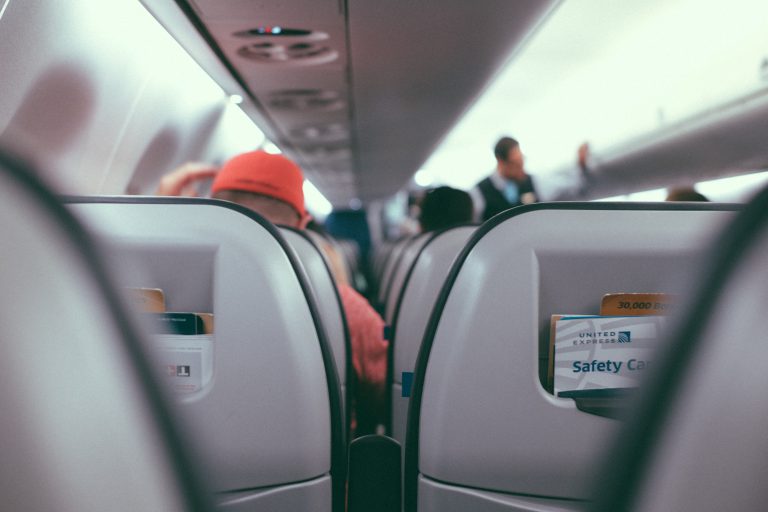As the cold weather begins to creep in, some of us ‘hearty Canadians” may begin plotting methods to escape for the inevitable fall and winter conditions. As the weather gets warmer, family vacations and the cottage begin to beckon us to travel more often.
Whether you are planning on driving up north for the holidays, taking a flight to visit family (or catch a San Diego Chargers football game!) or hopping on a last minute cruise to the islands to escape the dropping thermometer, here are some easy travel tips to stay healthy and pain- free on your adventures.

By Land:
If you are spending prolonged periods of time in your vehicle, ensure you have adjusted the lumbar (low back) support in your seat. If you don’t have the ability to adjust your lumbar support, try using a rolled up towel positioned in the small of your low back. This can help improve posture, and reduce low back pain.
Adjust your rear-view mirror before you start your journey. Sit up tall into proper posture, and adjust your mirror from this position. This way, you will be able to notice if your posture is becoming slouched when you check your mirror and notice you are out of place.
Use your headrest. A simple way to prevent forward head posture, which is associated with various neck and ‘pinched nerve’ symptoms, is to simply adjust your head so it is against the headrest. Picture someone pulling a piece of your hair from the back of your skill, or trying to give yourself a double chin, as opposed to tilting the head up or down. Repeat this motion ten times every hour on your journey.
Stop for rest breaks whenever you feel you might be needing a break when driving longer distances. Stop to stretch, refuel and hydrate.

By Air:
Use a carry-on bag with wheels. To aid in evasive line manoeuvres, and to decrease strain on the back, neck and shoulders, a bag with wheels will reduce the effort required to carry your favourite books, technology and snacks.
Get your ankles pumping! As flying can often be a lengthy endeavor, you want to maintain proper blood circulation to avoid the risk of developing a blood clot, also known as a deep vein thrombosis. By doing brisk toe taps and heel lifts frequently during your flight, your calf muscles act like a pump, helping to keep the blood moving smoothly through your circulatory system.
Take a walk every hour or two when you can on longer flights to help keep your body from getting stiff from sitting too long in the same position.
Wear compression socks. Typically worn for individuals with diabetes or poor circulation in their feet, these socks can help improve blood circulation, as well as prevent swelling in the feet during your flight.

By Water:
If you have a tendency to experience sea-sickness, you may want to look into buying an acupressure bracelet. This bracelet, usually quipped with a small hard bobble, puts pressure into the Pericardium meridian, a point on the inner wrist associated with decreasing nausea.
Balance training. Before hopping on board, you may want to start some general balance training. This can involve standing on one foot, or keeping balanced with both eyes closed. This will train your body to prepare for any unexpected movements on board your cruise.
Take some deep breaths. If you are feeling a little claustrophobic, or just want to increase overall relaxation, try taking some deep breaths while allowing the stomach to expand. Deep breathing will allow you to maximally inflate your lungs, relax your body, and help you take in all those island smells!
Walk the deck, sign up for walking excursions or take a fitness class on board to keep yourself active while on a cruise. This can also help combat the lure of the awesome all you can eat buffets!



